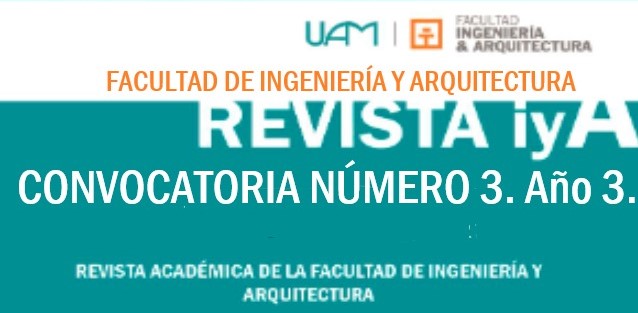Importance of multiple intelligences in learners: A proposal for the identification of Nicaraguan models according to Gardner’s parameters
DOI:
https://doi.org/10.62407/rciya.v1i1.33Keywords:
Inteligencias múltiples, innovación educativa, formación docenteAbstract
Learning is best when educational processes are accompanied by emotions, motivation, and interests, according to individual abilities. Gardner’s contributions to the multiple intelligences, theory support that student-tiered learning is the best path to full and happy development. Educational innovation that incorporates new approaches can help improve the quality of education in Nicaragua. However, when they originate from other realities, they can be distant and difficult to assimilate for local participants. The purpose of this paper is to present models of multiple intelligence, that teachers and students alike can recognize as part of their past and present environment, with which they can identify and adopt as worthy examples of being emulated, thus, they feel accessible, palpable, real and credible, being all Nicaraguan characters. Sixteen models are proposed, one per gender, male and female, for each of the eight intelligences suggested by Gardner. Existential intelligence, which is in the process of being confirmed by the author, is also included. It is a subjective selection of the authors that considers the national and international recognition of the scientific, cultural, or sports contributions, among others, of the proposed personalities. The Theory of Multiple Intelligences, exemplified through Nicaraguan models, presents the opportunity for teachers to understand the different combinations of intelligence of their students, to prepare themselves with alternative tools that facilitate the educational management of each individual’s learning.
Downloads
References
Arellano, Jorge Eduardo (1998). Héroes sin fusil:140 nicaragüenses sobresalientes. Editorial Hispamer. Managua, Nicaragua.
Gardner, Howard (2001). Estructuras de la mente. La teoría de las inteligencias múltiples. Fondo de Cultura Económica. ISBN: 9583800635. Impreso en Colombia.
Pérez Sánchez, Luz, y Beltrán Llera, J. (2006). Dos décadas de inteligencias múltiples: implicaciones para la psicología de la educación. Papeles del Psicólogo, 27(3),147164. [fecha de Consulta 3 de diciembre de 2021]. https://www.redalyc.org/articulo.oa?id=77827304
Tijerino Mantilla, E. (2011). ¡Bravo Denis! Producciones Doble Play. Managua, Nicaragua.
Tünnermann Bernheim, Carlos (2007), Valores de la cultura nicaragüense, 4ta. Edición, Mana gua, CNE. ISBN: 9992442174.
Downloads
Published
How to Cite
Issue
Section
License
Copyright (c) 2023 ournal of Engineering and Architecture Science_iyA

This work is licensed under a Creative Commons Attribution-NonCommercial-ShareAlike 4.0 International License.
CC BY-NC-SA 4.0 DEED
Attribution-NonCommercial-ShareAlike 4.0 International







